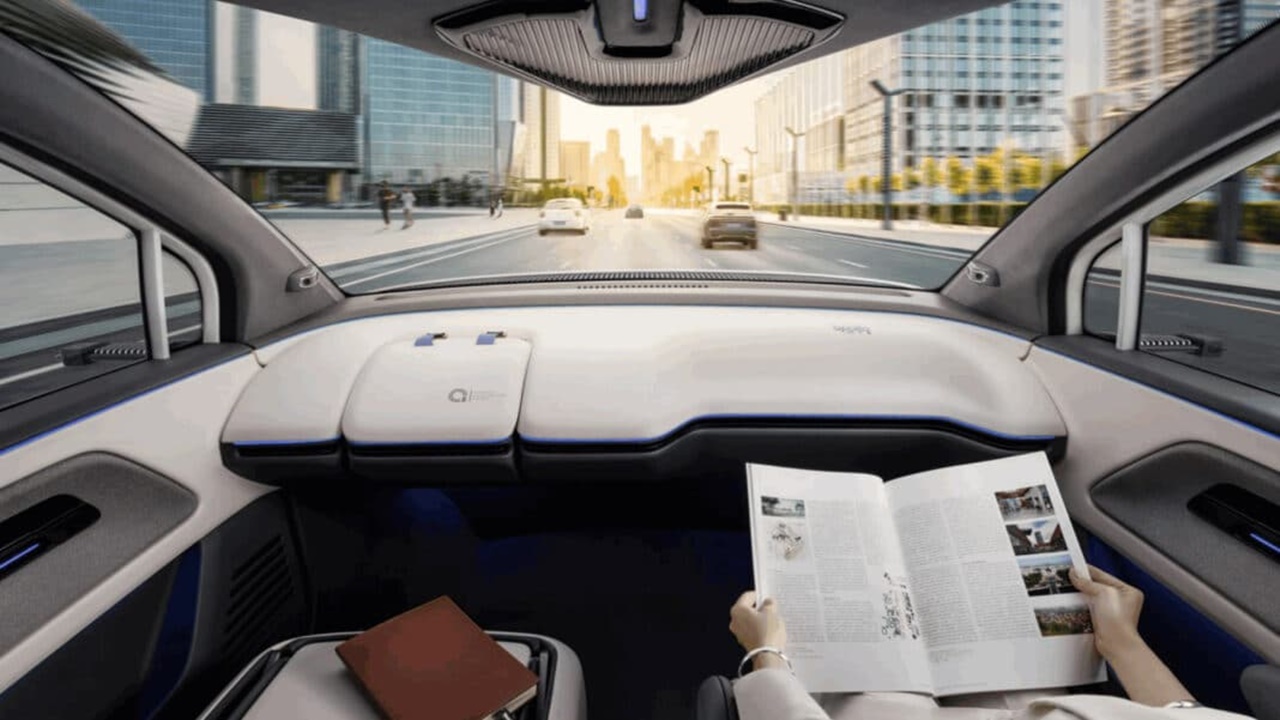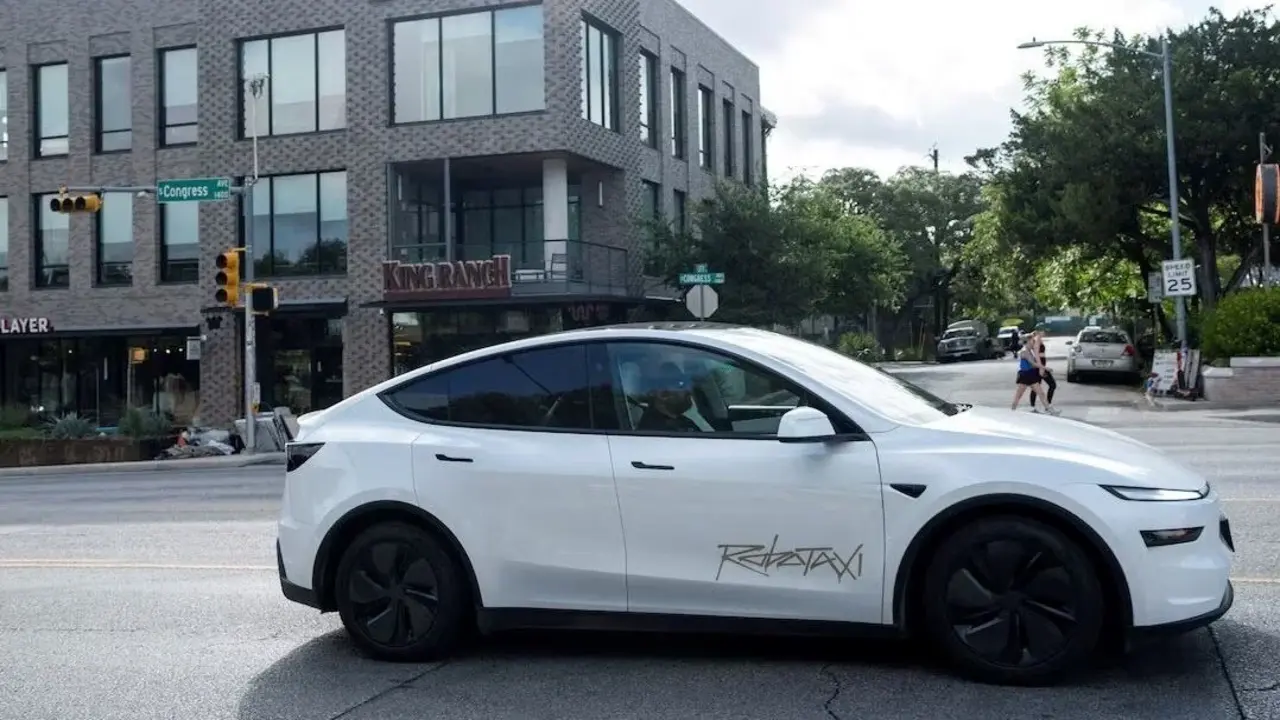Tesla’s autonomous robotaxi fleets have reported three new accidents in Austin, Texas, since their inception, bringing the total to seven. The continued occurrence of these accidents, despite the relatively low mileage and the presence of a human controller in each vehicle, is a cause for concern.
Tesla Robotaxi Unreliable
Tesla is required to report these accidents to the National Highway Traffic Safety Administration (NHTSA) because its robotaxi service moves the driver into the passenger seat. Three accidents were reported in July, when the service first launched.

Another accident was reported the following month. With 400,000 kilometers traveled between late June and early November, Tesla’s robotaxi accident rate was approximately twice Waymo’s, despite the presence of human controllers on board.
The details of the three new accidents reported in September are unclear. Unlike other companies, Tesla does not publicly disclose how the accidents occurred and who is responsible. censors the “narrative” section of its reports.
Based on the limited information available, it appears that one of these accidents involved a robotaxi striking a reversing vehicle, another involved a bicycle, and the last involved an unknown animal.
While it is difficult to make an accurate comparison, Waymo vehicles do not have a human controller and have millions of kilometers of driving experience. Tesla, on the other hand, has a controller and an emergency stop button in every vehicle.
This suggests that the number of accidents could have been much higher without human intervention. The continued occurrence of accidents by robotaxi fleets, despite low mileage and the presence of a controller, raises questions about the reliability of autonomous driving technology.













